Glassblowing has been present in Venice for over 1000 years. It is believed that Murano Glass making has existed since the 8th century and is the oldest operating glass-blowing community in the world. It was Europe’s first major glass-making centre.
Beautiful NEW Murano Glass by Gianluca Vidal – CLICK HERE TO SEE THEM ALL
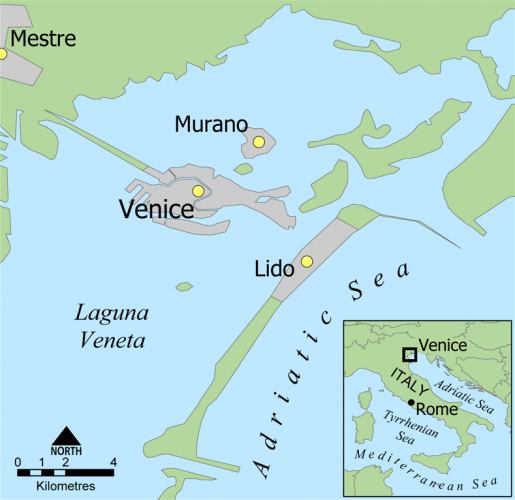
Venice in the late 13th century was predominantly made up of wooden structures. The glass-making factories often caught fire. In fear of the city burning down, the Venetian Republic ordered glassmakers to move their foundries to the island of Murano. This isolated the master glassblowers, which prevented them from sharing their valuable glassmaking secrets. The consequences for divulging glassblowing secrets included death.
The end of the Middle Ages and the beginning of the Renaissance is marked by the invention of ‘Cristallo’ the creation of clear crystal objects. In 1450, Angelo Barovier discovered how to remove the impurities from soda ash that cause discoloration in glass. Cristallo was almost transparent and considered the finest glass in the world.
Murano Glass and the Renaissance
The glass was a valuable commodity, which by only the wealthy were privy to and only in small sizes. Glass was one of the Renaissance’s most sought-after treasures. During these times, Murano glassmakers were considered royalty and carried status. They were immune from prosecution, with their daughters allowed the privilege of marrying into Venice’s blue-blooded families. Their children would then become noble.
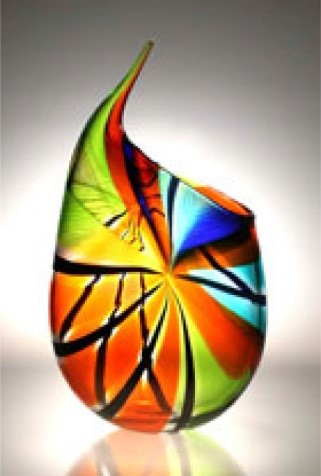
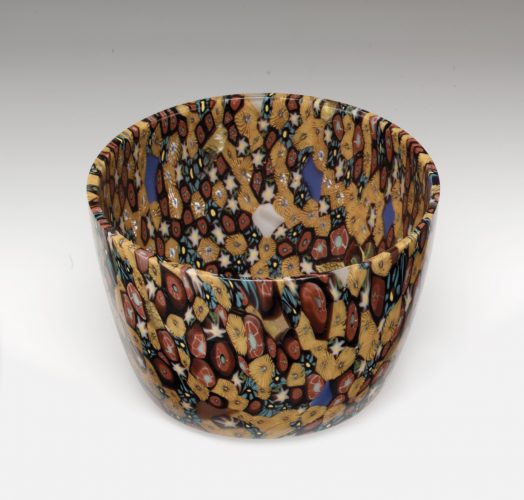
“Good tools are nice, but good hands are better,” is an old Murano saying that reinforces the idea that the glassmakers of Murano rely on their skills instead of any advantage caused by special tools. “Tools of the Glassmaker”. Corning Museum of Glass. Retrieved 2018-09-30
Many of the glass-blown techniques, processes, and unique colours used today are attributable to those of past Murano glass masters.
Throughout the years, Venetian and Murano glassmakers have endeavoured for beauty with their glass. Their secret recipe books for glassmaking are handed down through the generations. What sets Murano glassmakers apart is their expertise in the hot modelling of glass. They are able to blow very thin, airy forms. With only a few simple tools, these forms are then delicately shaped.
Murano Glass Materials and Hot Work
Here we have a selection of materials and techniques during the hot work stages.
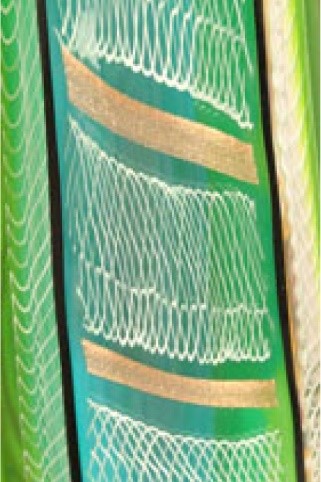

Aventurina are small, shining copper crystals within the glass. It is also known as goldstone glass.
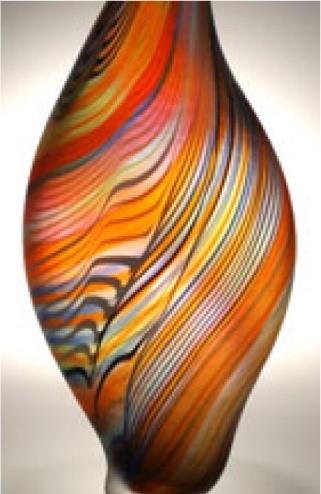
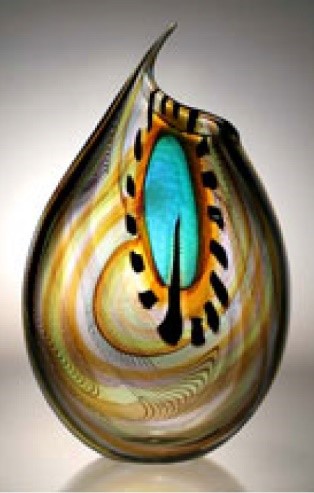
A Canne Rods of glass are formed into patterns, melted, and then blown
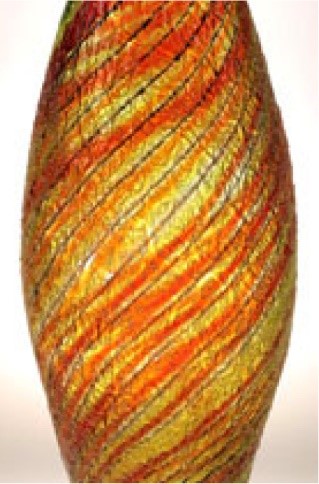
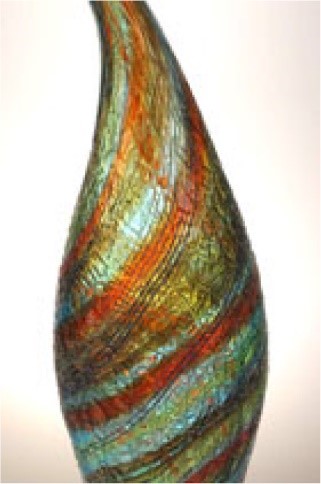
Crackled This is a very old style; the vase is submerged in water while it is still attached to the end of the pipe. The outer layer of the glass shatters, or crackles. The process is repeated several times to get the desired effect. Once cooled sharp edges are removed by polishing.
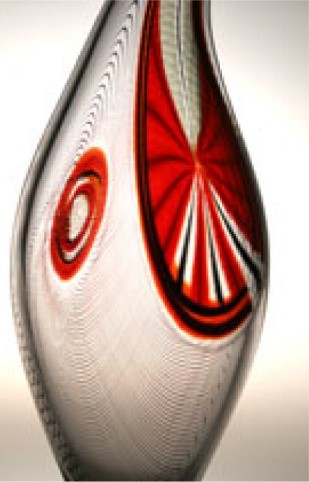
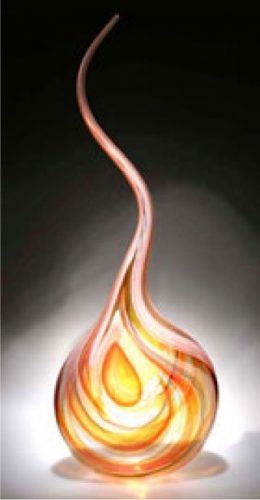
Filigrana or Filigree (Tocar Piera ) Filigree is the use of crystal rods with smooth or spiral-coloured threads. This style was developed in Murano in the 1500s. By embedding glass canes usually white but not always) in colourless glass, the glassware has a striped appearance.
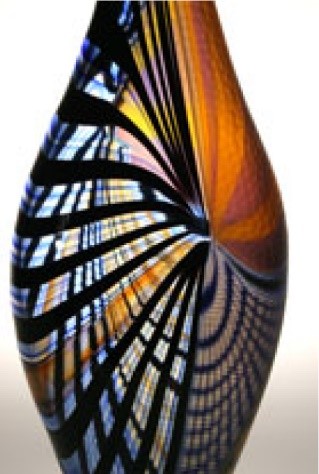
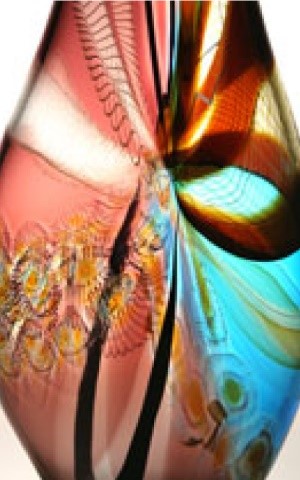
Gira Change of axis (also called a “turned” composition)
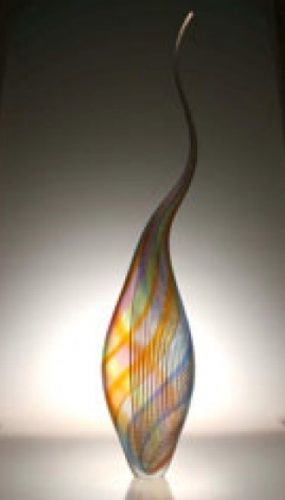
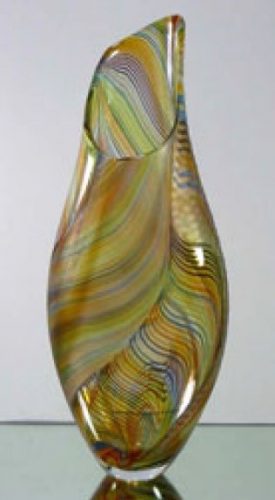
Mena The molten glass is twisted to make a spiral or swirl pattern.
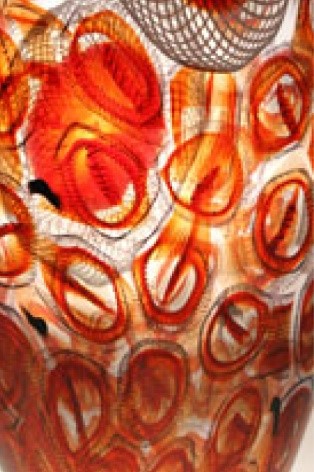
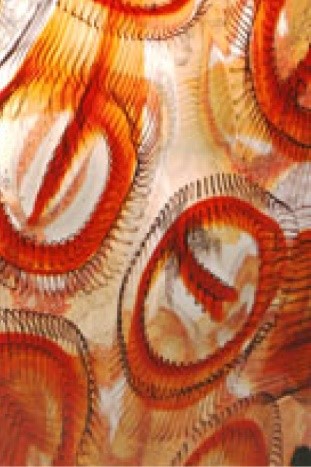
Murrine/Mosaico technique starts with the layering of coloured liquid glass, heated to 1,900 °F (1,040 °C), and then stretched into long rods called canes. When cooled, these canes are sliced in cross-sections, which exposes the layered pattern. Ercole Barovier, a descendant of Murano’s greatest glassmaker, Angelo Barovier, won numerous awards during the 1940s and 1950s for his innovations using the murrine technique.
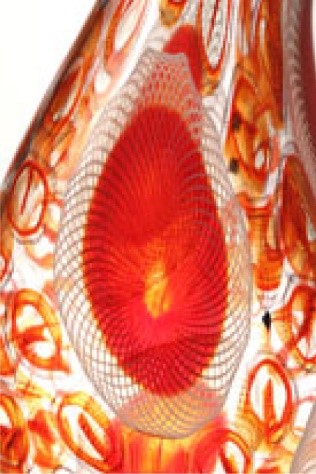
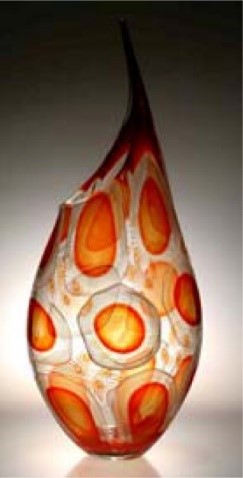
Peroi The large, tempered murrhine discs are individually made and then fused into a vase.
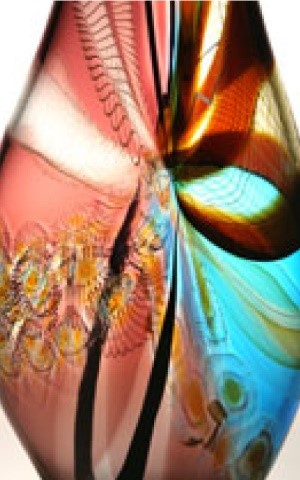
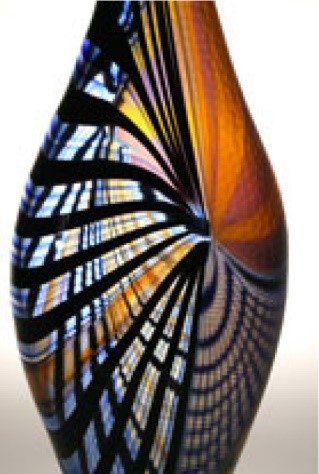
Reticello A type of filigree with a grid pattern inside the crystal wall that traps a small air bubble.
A Murano Glass Master at Boha, Gianluca Vidal
Gianluca is a particularly gifted glassblower who achieved the status of ‘Master’ very quickly. He started working with glass at the tender age of 14 at Studio Vetreria DP in Murano. There, he studied under the Glass Maestro, Imperio Rossi, for two years. From there, he went to Effetre International where he learned the most difficult techniques. Under the guidance of the masters, Gianluca developed skills that would excel in his true talent for glassmaking.
Over the years, Gianluca has worked with some of the most important glass maestros in Murano. These include Afro Celotto, Silvano Molin, Luciano Pavanello, Giancarlo Tagiapietra, and Dino Vio, to name but a few. Gianluca earned the nickname ‘Crema’, due to his natural ability to gracefully shape glass as a cream!
Now, in his own studio on Murano, he works with coloured glass canes to create his beautiful glass art. Every piece of Gianluca Vidal Glass is designed and handmade by himself and with one assistant. Gianluca signs and dates each piece, adding “Murano” and 1/1 to signify they are completely unique.
Gianluca has mastered techniques that few glass blowers can complete and has a unique sense of colour and composition of the pattern. Suffice it to say, he is an incredible and unique glass artist.
Gianluca’s Work at Boha – CLICK HERE TO SEE THEM ALL
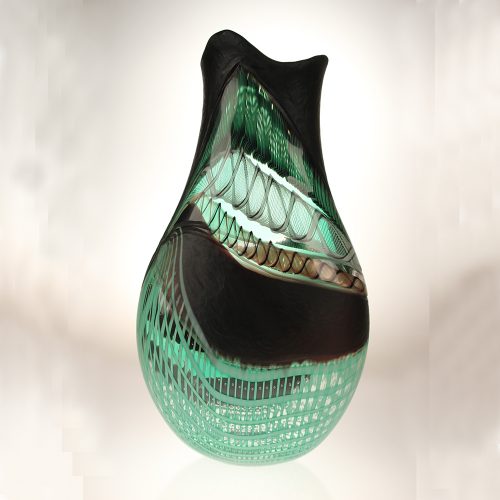
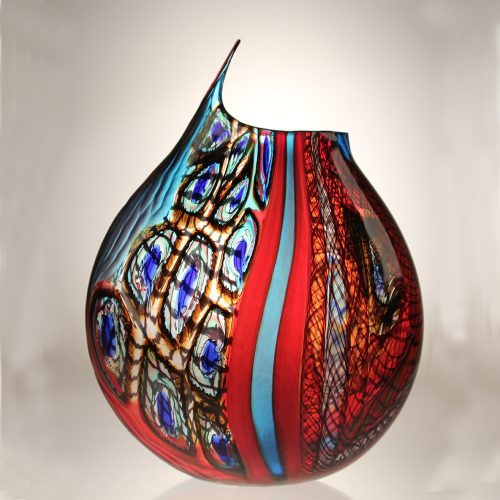
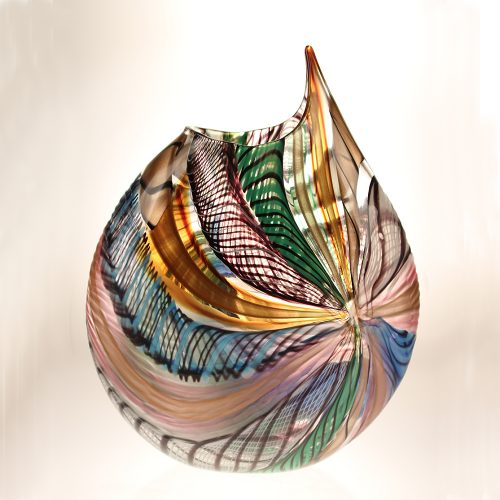
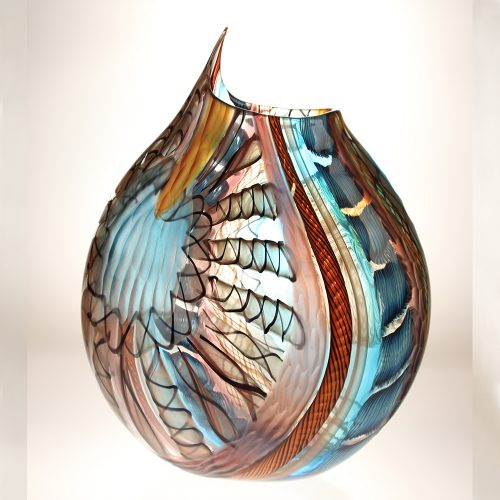
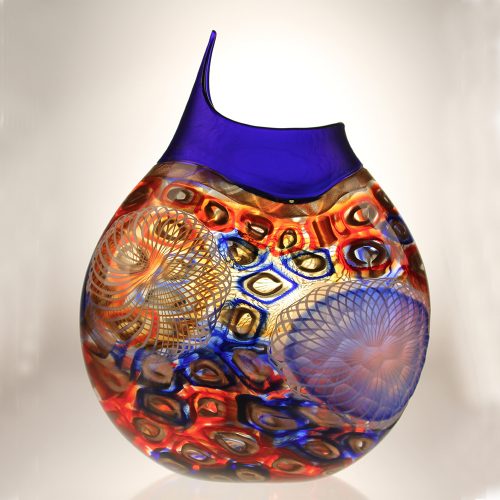
Gianluca’s work is truly magnificent and a real testament to the Murano Islands History!
